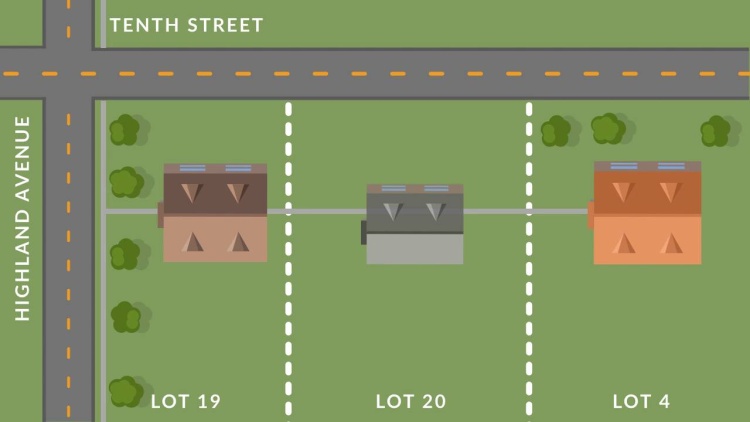Van Sandt v. Royster
Kansas Supreme Court
83 P.2d 698 (1938)
- Written by Dennis Chong, JD
Facts
Laura Bailey owned three plots of land. On the easternmost plot, Bailey built a house and connected it to the public sewer system by pipes running under the other two lots. In 1904, Bailey sold the westernmost lot to Jones by general warranty deed. Jones knew about the sewer and connected his own house to the line. Eventually Jones’s lot was conveyed to Van Sandt (plaintiff). Meanwhile, Bailey conveyed the center lot to Murphy by general warranty deed, and Murphy built a house and connected it to the sewer line. This house was eventually conveyed to Royster (defendant). In 1936, Van Sandt’s basement flooded with sewage. Van Sandt investigated and discovered the sewer line under his property. Nothing in any of the conveyances or visible on the land indicated the presence of the pipes. Van Sandt asked Royster to stop discharging sewage across the land. Royster refused, and Van Sandt sued. The trial court found for Royster and enjoined Van Sandt from interfering with Royster’s use of the pipes. Van Sandt appealed.
Rule of Law
Issue
Holding and Reasoning (Allen, J.)
What to do next…
Here's why 899,000 law students have relied on our case briefs:
- Written by law professors and practitioners, not other law students. 47,000 briefs, keyed to 994 casebooks. Top-notch customer support.
- The right amount of information, includes the facts, issues, rule of law, holding and reasoning, and any concurrences and dissents.
- Access in your classes, works on your mobile and tablet. Massive library of related video lessons and high quality multiple-choice questions.
- Easy to use, uniform format for every case brief. Written in plain English, not in legalese. Our briefs summarize and simplify; they don’t just repeat the court’s language.





